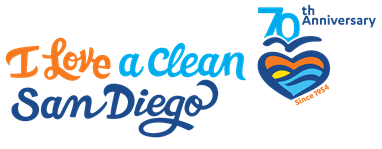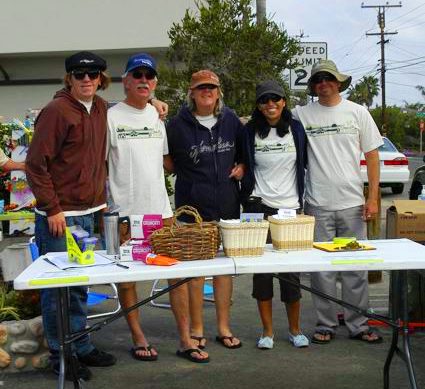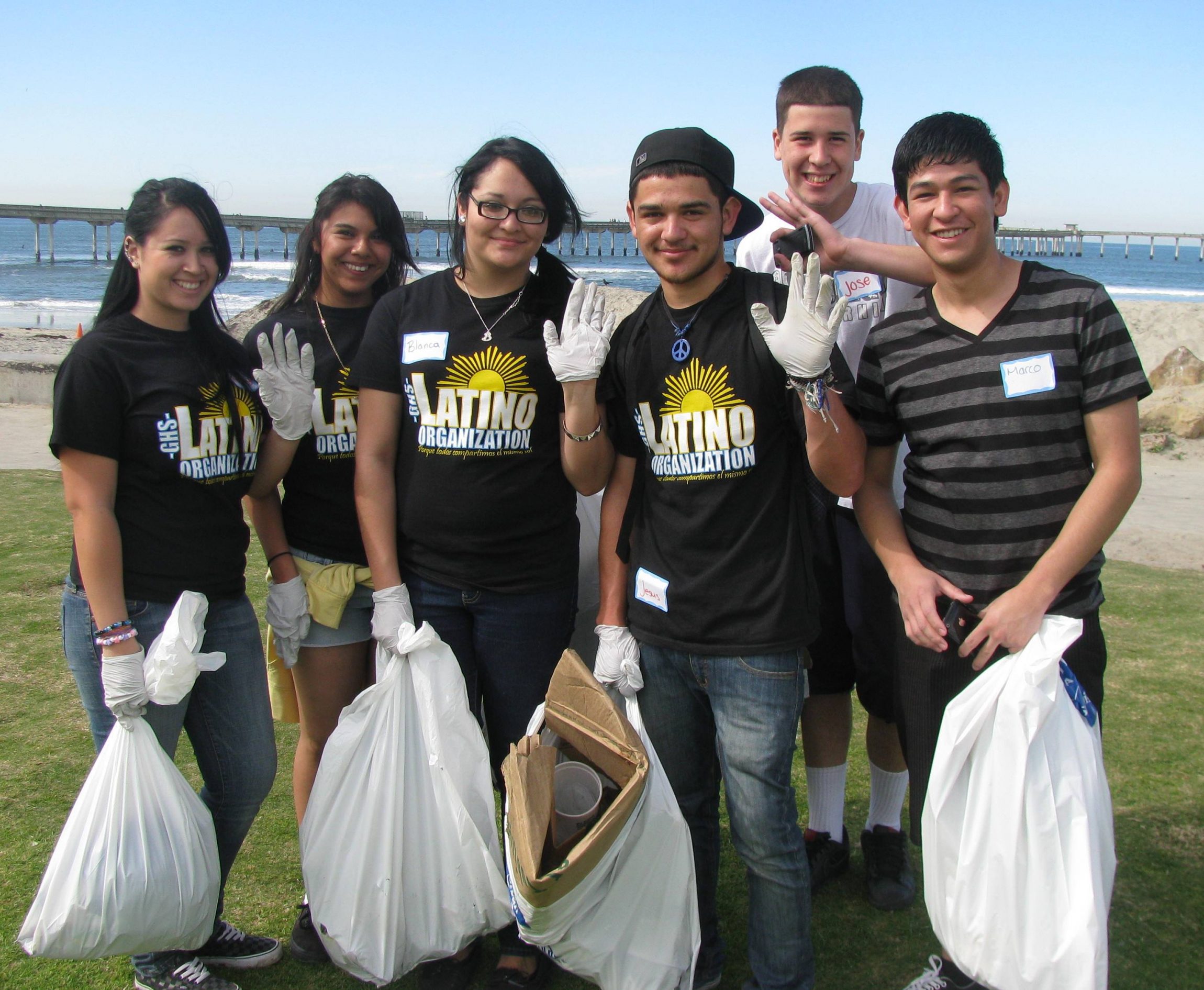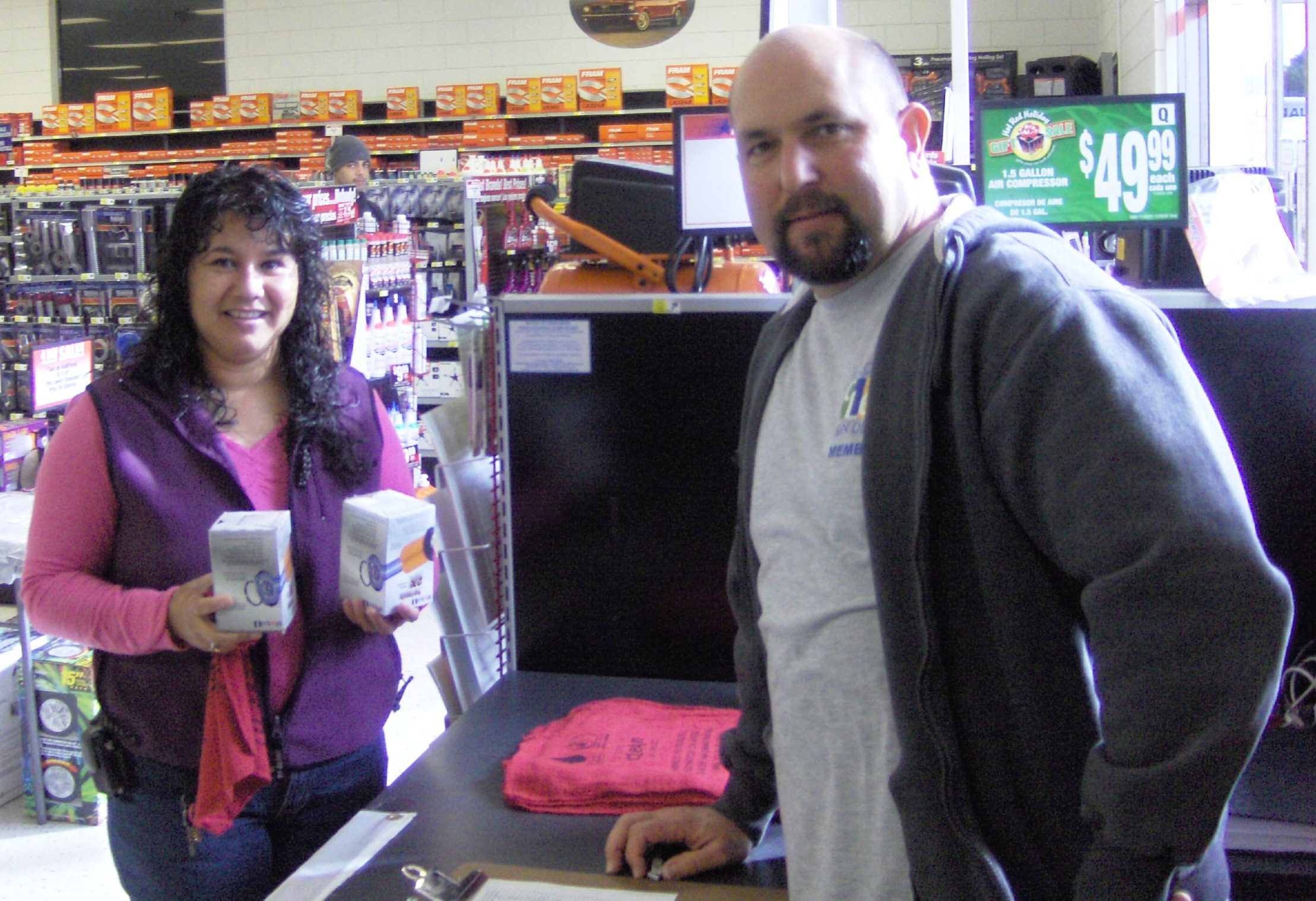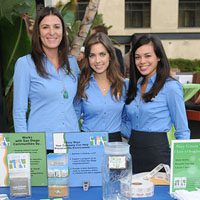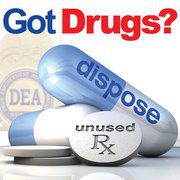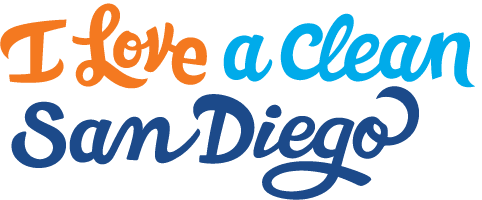Today’s post comes from ILACSD’s Marketing Intern and USD student, Maddy Blake. Updated 5/3/2012 with new totals!

I Love A Clean San Diego celebrated its 10th annual Creek to Bay Cleanup this past Saturday, April 28th. An amazing 5,800 San Diegans joined together across the county to preserve and beautify their local environment. This year also marks the San Diego Girl Scouts’ 100th anniversary, over 1200 of scouts took part in the cleanup to show their commitment to the environment and witness the effects that pollution has on their communities.

Thanks to all of these fantastic volunteers, San Diego is a much cleaner county. In fact, more than 150,000 pounds of trash and debris were removed from local parks, canyons, creeks, bays and beaches in the span of just three hours! As in years past, cigarette butts and plastic bags were among the most common items found, but this year, some of the most interesting items our volunteers picked up were a rocking horse, a bowling pin and a five-gallon container of pickles.

With a total of 88 cleanup sites, the most we’ve ever had for Creek to Bay, there was somewhere for everyone to go and something for everyone to do. This year, cleanup events were held at five brand new sites in communities we hadn’t reached yet:
- Paradise Hills – 40 volunteers filled an entire roll-away dumpster of debris
- Spring Valley – 49 volunteers collected over 260 pounds of debris
- Santa Ysabel – 20 volunteers removed 200 pounds of debris
- Banker’s Hill – 49 volunteers removed 250 pounds of debris
- University Heights – 32 volunteers can boast removing 1,200 pounds of debris
You read that right, at the site known as Camelot Canyon (the area beside the 163 at the Vermont St. bridge in University Heights), volunteers picked up 1,200 pounds of debris in that three hour timeframe and unfortunately there is more work to be done in that area. The site was brought to our attention by local University Heights resident, Alison Whitney, who bikes past the canyon on her way to work everyday. With the help of CalTrans and ILACSD, Alison organized this cleanup to make this corner of her community a little more enjoyable for local residents. Click here to read Alison’s interview with KPBS.

While about 40% of this year’s cleanup sites were in coastal areas, cleaning up inland sites like Camelot Canyon ensures that the trash will not travel down the watershed system and end up in our waterways, bays and the ocean. Furthermore, by expanding into the five new sites, an additional 2,000 pounds of debris were removed from the environment! After ten years, I Love A Clean San Diego still dedicates itself to county-wide programs and expanding its reach even farther to preserve and ensure a healthier San Diego for everyone.
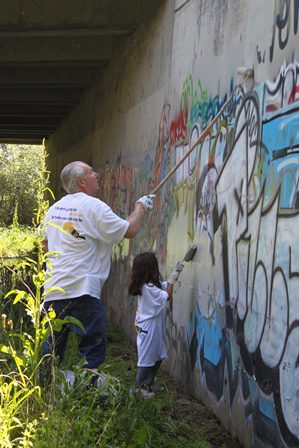
Picking up trash is not the only activity our volunteers participated in – many sites included other beautification projects such as graffiti removal, mural painting, native planting, brush maintenance and other general park maintenance.
Don’t forget – if you joined us at Creek to Bay this year, remember to submit your favorite photo to ILACSD for our Sony Volunteers In Action photo contest! Photos are due on May 4, 2012, then the top 3 photos will be posted on our Facebook page, where our fans will vote for their favorite. The winner will be announced on May 18th! Click here for more details.
We want to thank ALL of the volunteers who took time out of their weekend to do more with their morning at the 10th Annual Creek to Bay Cleanup! We’d like to give a special thank you to the following volunteer groups who came out to show their love for a clean San Diego:
- Local members of The Church of Jesus Christ of Latter-day Saints, Mormon Helping Hands Service Day
- Girl Scouts, San Diego-Imperial Council
- Sony
- Gothic Volunteer Alliance
- Torrey Pines Elementary School
- Palabra Miel Oceanside
- Vista Magnet Middle
- Palquist Elementary School
- Palomar College TRiO
- New Haven Youth and Family Services
- Temecula Kids for Peace
- PASS AmeriCorps
- Nokia
- Ramona High School Fusion
- Toler Elementary School
- Starwood San Diego
- LEVI
- Chula Vista Learning Community Charter School
- Mueller Charter School
- Pima Medical Institute
- AMC Plaza Bonita 14
- TSC San Diego
- Pima Medical Institute
- San Ysidro High School Surf Club
- Montgomery Middle School
